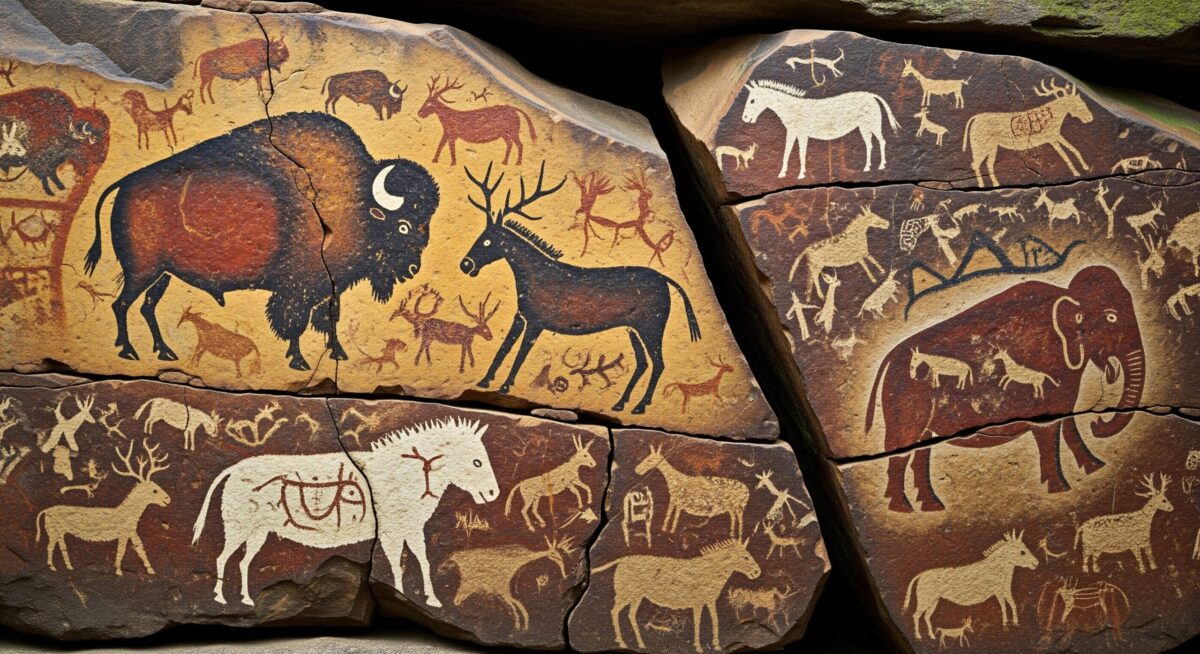The death of a beloved animal companion is one of the hardest things pet parents will face. Having an aftercare plan can help you during this tough time, and water cremation is a great new option to consider.
Its tough for pet parents to think about end-of-life care for our beloved fur babies. Sadly, there comes a time in every animal guardians life when they have to make these difficult plans. And this time can be even harder if you dont know what to do with your pup or kitty after they pass. But there’s a new option available to some pet parents called water cremation. Its both eco-friendly and permitted by some governments, so its a great option if its available near you.
The Traditional Options for Pet Parents
Pet parents who have said goodbye to an animal companion have had two main options: burial and cremation. The problem with burial is that its banned in many municipalities. Cremation is permitted and convenient (your veterinarian can arrange it for you), but its bad for the environment. In fact, cremating an average dog produces nearly 100 pounds of CO2. So what are eco-friendly pet parents to do when theyre not allowed to bury their fur baby? Water cremation could be the solution.
An Environmentally Friendly Alternative
Water cremation is also called alkaline hydrolysis and aquamation. The process uses a bath with 95% water and 5% potassium (an alkali). The solution swirls around the body for a few hours, breaking down the tissue and leaving behind only bone. Something similar happens when a body is buried in the ground, where the Earths crust contains about 2% potassium. When the process is complete, the bones are pulverized and placed in an urn for loved ones to take home. This process is gentler and more eco-friendly than standard flame cremation, and it:
- Has a carbon footprint thats 75% smaller
- Uses 90% less energy
- Doesnt use fossil fuels
- Doesnt contaminate soil
Where Is It Available?
You may not have heard of this green funeral option, but its actually been around since the late nineteenth century. However, people didnt start using it for animals until the 1990s and for people until about 2010. While the method is becoming more popular, its still not as widespread as traditional flame cremation.
Because this green funeral option is relatively new, its not legal everywhere (or there arent laws permitting it). For example, its legal in Australia for humans, but only legal in parts of Canada. Similarly, its legal for humans in more than half the states, but not all. What’s more, even in places where it is legal, there may not be any funeral homes offering the option. Nonetheless, the practice will likely become more widespread as people and pet parents learn about this environmentally friendly aftercare option for their beloved fur babies.







